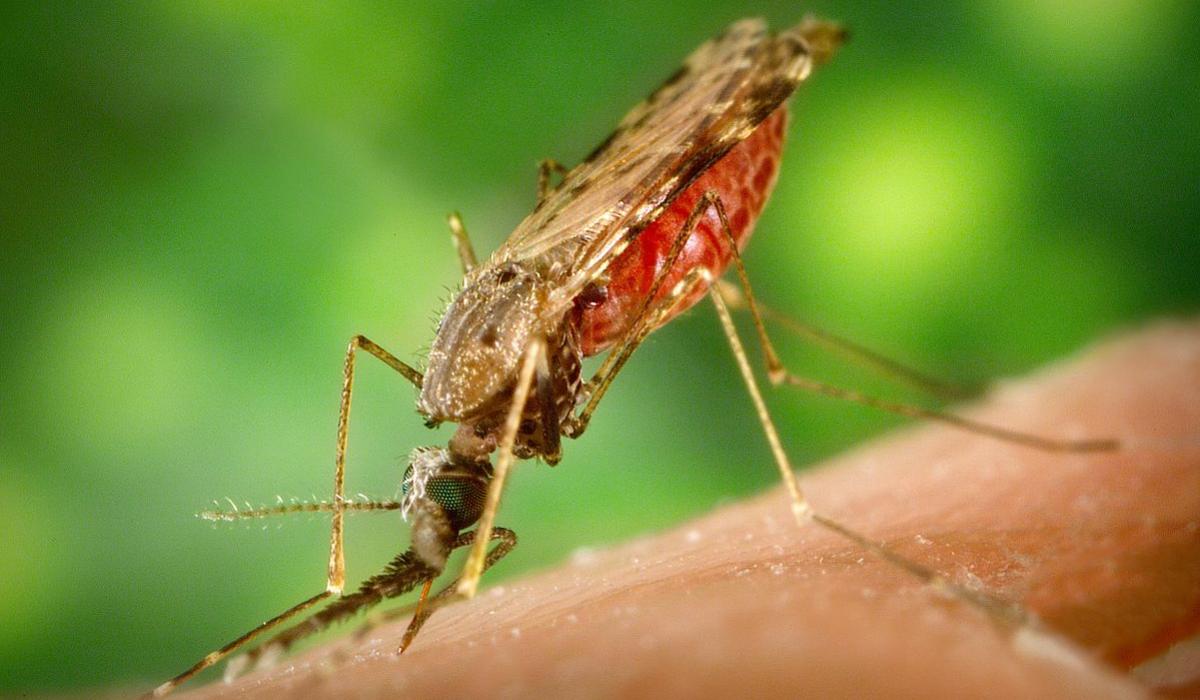
Anopheles albimanus it is one of the main vectors of malaria in Central America, northern South America and the Caribbean. On the Atlantic coast it is found from Texas to Venezuela, on most of the Caribbean islands and on the Pacific coast, from Mexico to northern Peru.
The larval sites used by An. albimanus are characterised across its range as open, sunlit and containing clear water. The species can be found in natural and man-made habitats where these characteristics exist. For example, it occurs in recently planted rice fields, or in older fields with sunlit areas in between the rice plants. The larvae tolerate a wide variation in water chemistry and are able to exploit diverse food sources enabling them to survive in both fresh water (e.g. irrigation channels, small ponds, marshes, slow flowing streams and river margins) and brackish water (e.g. mangrove swamps).
An. albimanus is predominantly exophagic with exophilic resting behaviour, however there is some indication that in the northern reaches of its distribution (Mexico, Central America), this species exhibits a preference for resting indoors after feeding. An. albimanus bites in the evening and during the night. It appears to show a tendency for zoophily, but some reports have indicated anthropophillic activity.
An. albimanus is considered to be a dominant malaria vector species. (Source: Vectorbase)
